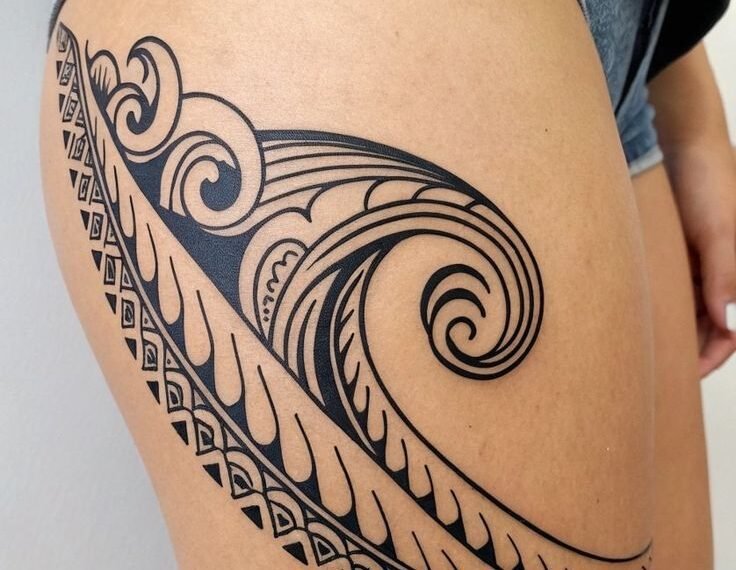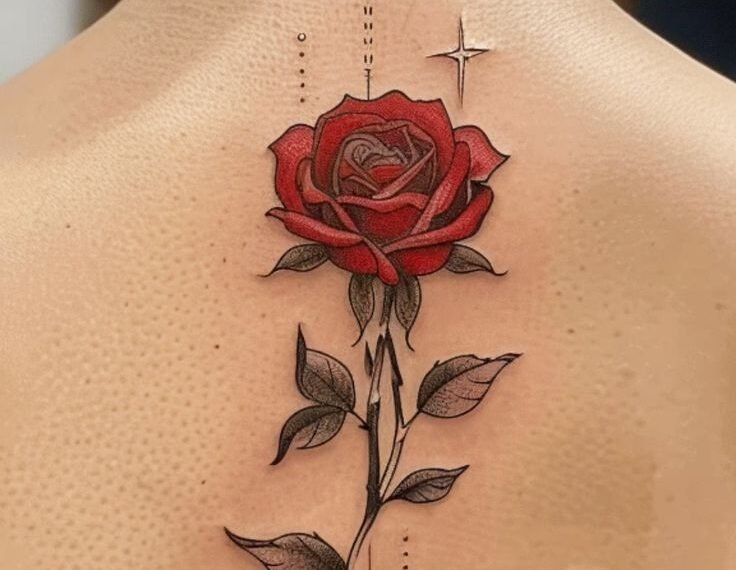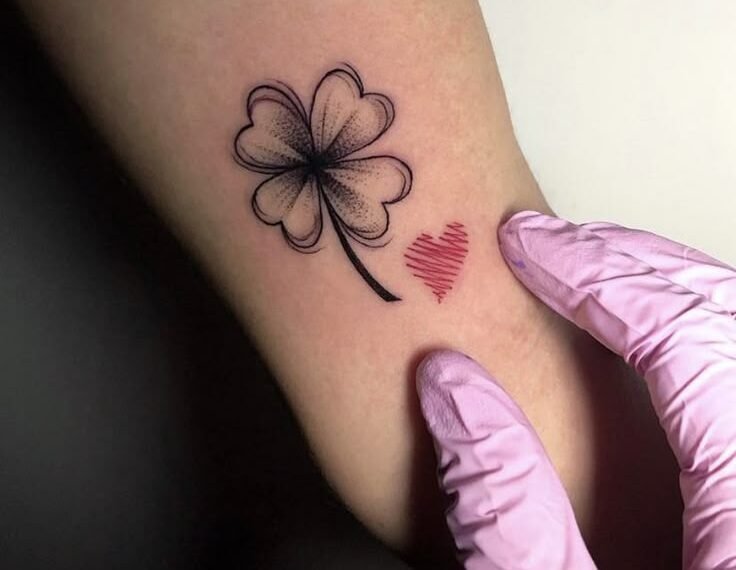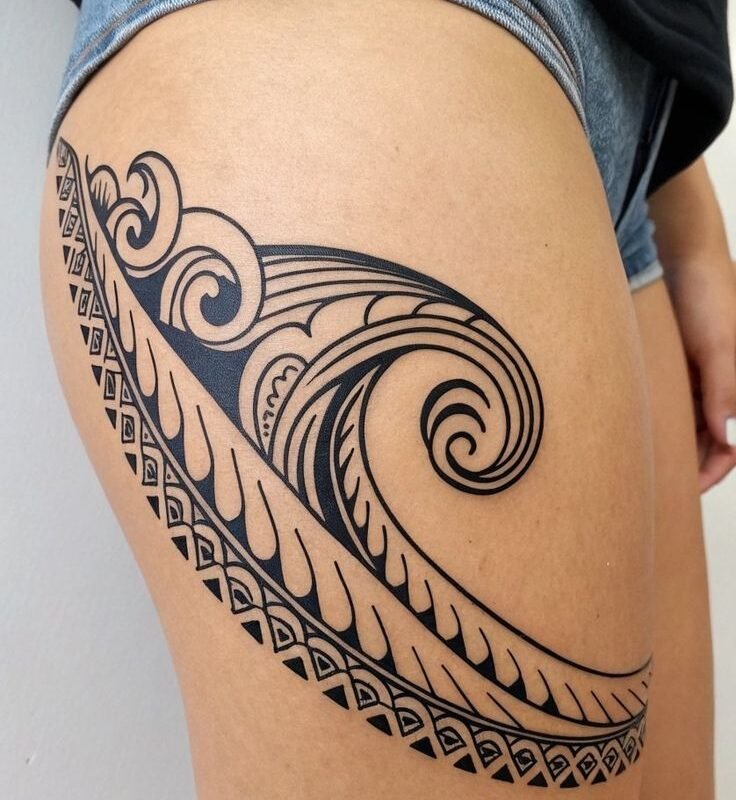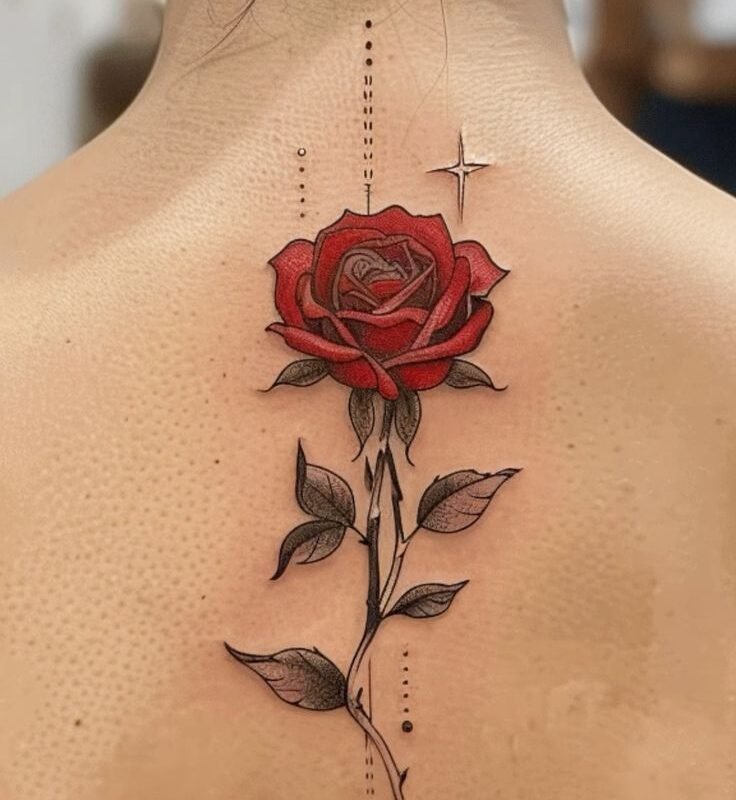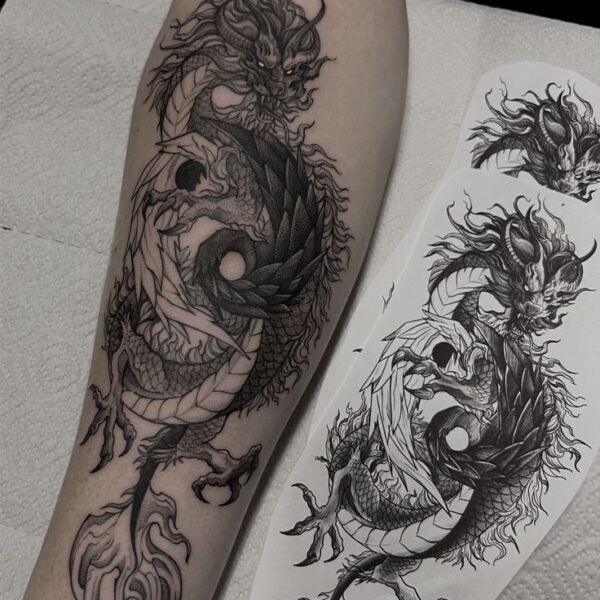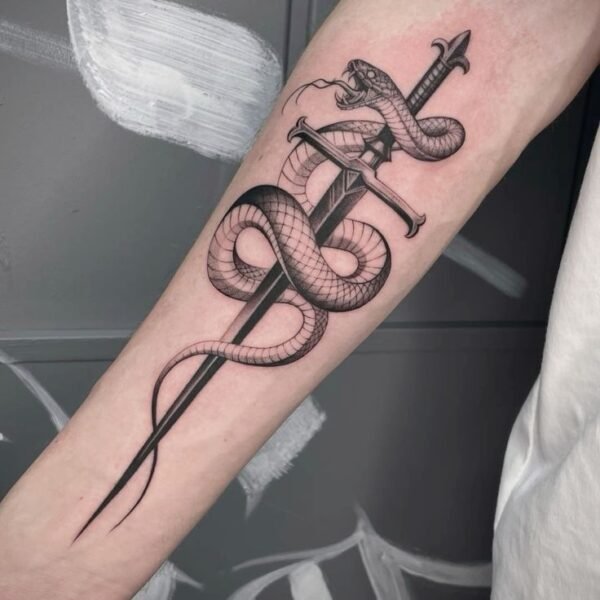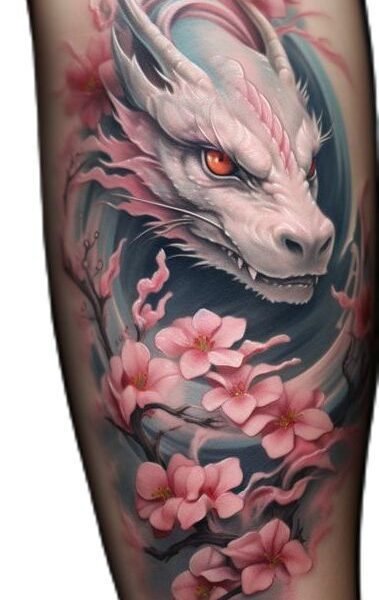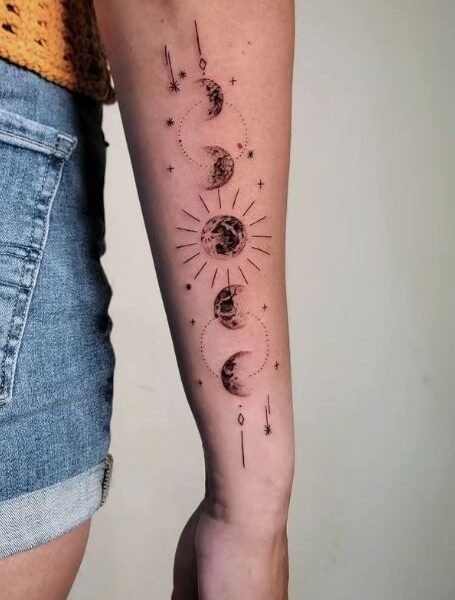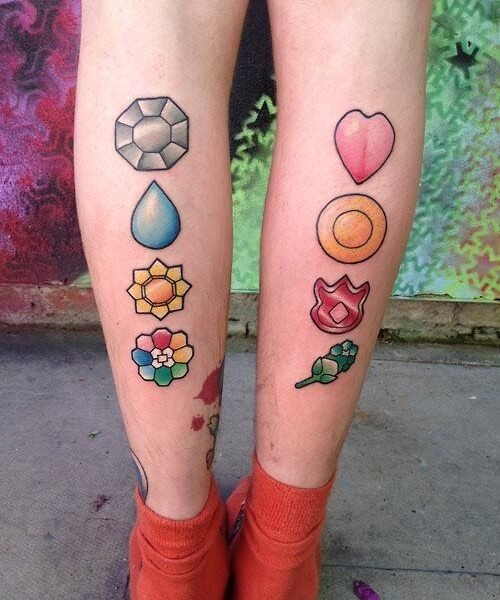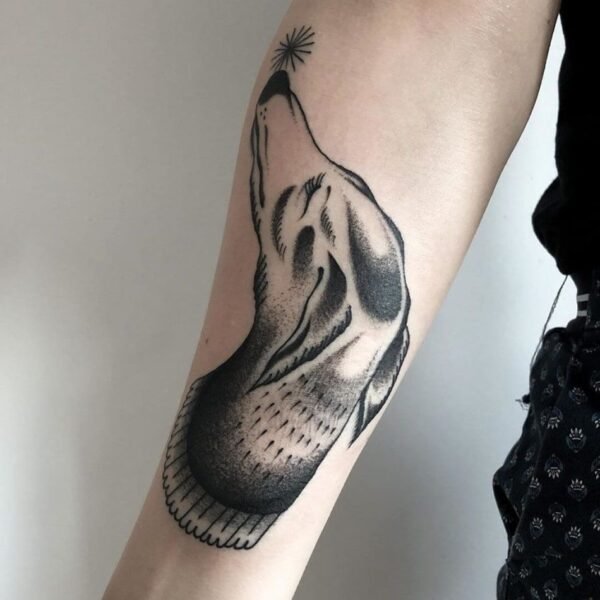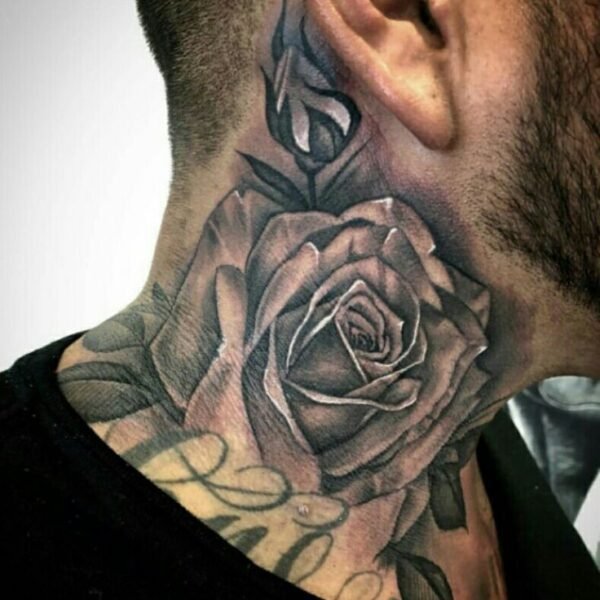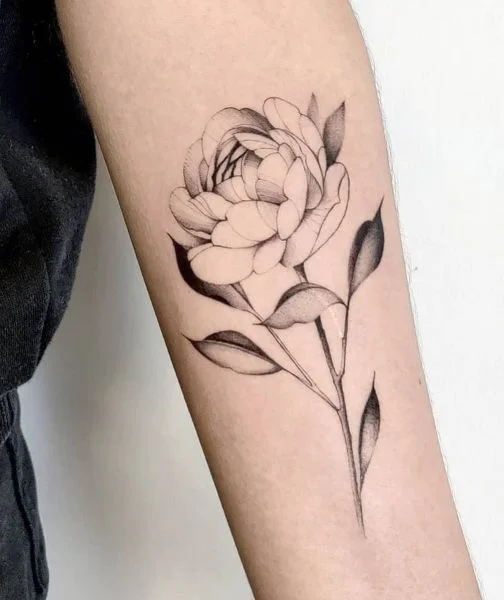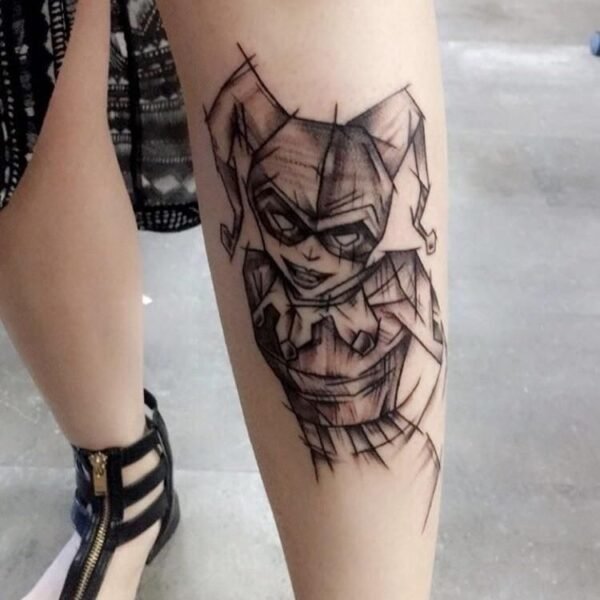Ever thought about how simple body art can carry centuries of cultural meaning? Henna tattoos, with their intricate designs, have been around for over 5,000 years. They turn hands and feet into works of art. This ancient tradition, found in places like Pakistan, India, Africa, and the Middle East, uses a special dye from the *Lawsonia inermis* plant.
This dye creates temporary designs that symbolize joy, prosperity, and health. Henna tattoos have a rich history and are loved for their beauty. They are especially popular at weddings, where brides wear elaborate designs.
These tattoos are not just pretty; they carry deep cultural meanings. Explore the world of henna to see its beauty, traditions, and the symbols behind henna designs. They have captured hearts all over the world.
Henna Ideas and meaning Tattoo
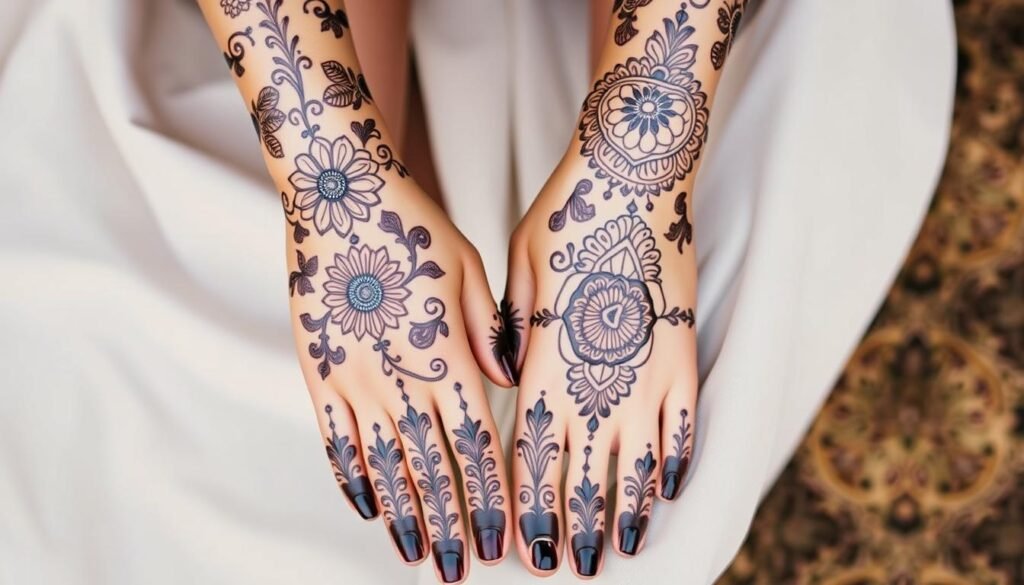
What is Henna?
Henna comes from the Lawsonia inermis plant and has been loved for thousands of years. It’s known for its deep, reddish-brown color. Henna has been used for body art for about 5,000 years, making it very old.
It was not just for looks. In hot places, henna was used to cool the skin.
The Origins of Henna
Henna has a long history in many cultures. It’s often used at big events like weddings and festivals. It’s a big part of cultural celebrations.
Over time, different places have made their own henna styles and meanings. In some cultures, henna is believed to protect against evil spirits. It’s especially important for pregnant women.
The Process of Creating Henna Dye
Creating henna dye is a careful process. First, henna leaves are picked and dried. Then, they’re ground into a powder.
This powder is mixed with water or other natural things to make a paste. Artists use this paste to draw designs on the skin. These designs last about three to four weeks.
The Cultural Significance of Henna Tattoos
Henna tattoos, also known as mehndi, are deeply rooted in South Asian traditions. This ancient art has been around for over 5000 years. It connects many cultures and religious practices. The henna plant, known as Lawsonia Inermis, is the base for these detailed designs.
These designs are more than just decorations. They hold deep meanings.
Henna in South Asian Traditions
In South Asia, henna is highly valued, especially at weddings and big events. The mehndi ceremony is a key part of the bride’s preparations. It brings joy and wishes for the couple’s future.
The dark colors of henna are seen as signs of a strong bond. Nature-inspired patterns, like lotus flowers and peacocks, show strength and empowerment. These designs carry deep meanings.
Cultural Celebrations Involving Henna
Henna is central to many cultural celebrations, like Diwali and Eid. These events celebrate good fortune, fertility, and new starts. Henna tattoos add to the festive spirit, offering a space for creativity.
Many groups, such as the Romani and Moroccan, have their own henna designs. This shows the wide cultural importance of henna.
Henna Ideas and meaning Tattoo
Henna tattoos are more than just eye-catching body art; they carry deep meanings and reflect cultural significance. Each design tells a story, filled with symbolism from various traditions. For example, peacock motifs often symbolize prosperity, while lotus flowers represent purity and spiritual enlightenment.
Floral patterns and vines convey joy, strength, and life’s continuity. They are popular for celebratory occasions.
Symbolism Behind Common Henna Designs
Each element in henna art has a purpose, with meanings deeply rooted in tradition. Brides often wear intricate patterns to enhance love and family bonds. Certain designs are believed to protect against the evil eye, especially for expectant mothers.
Mandala designs hold spiritual significance across cultures, used during meditation and prayer. The Camellia flower, revered in East Asia, symbolizes love and gratitude. Birds like peacocks and sparrows represent freedom, connecting heaven and earth.
Modern Interpretations of Henna Tattoos
As times change, modern henna interpretations have emerged. They embrace simplicity while still honoring traditional meanings. Today, many choose minimalist designs like wrist cuffs or ankle tattoos.
These contemporary styles blend elegance with cultural heritage. The versatility of henna ensures it remains relevant in modern society, while keeping its rich history and symbolic significance.
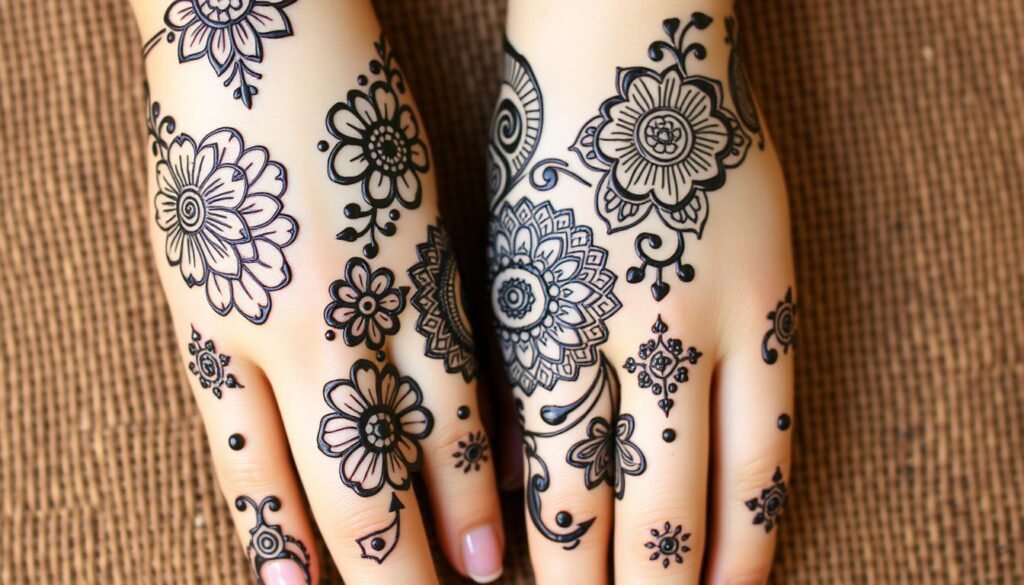
Popular Henna Tattoo Designs
Henna tattoos come in many styles, each with its own meaning and cultural background. These designs are loved by both fans and newcomers.
Intricate Mandala Patterns
Mandala tattoos are a big hit in henna art. They stand for balance and unity. These designs have detailed circular patterns that take a lot of time to do.
They are very popular in Indian, Buddhist, and Middle Eastern cultures. They connect spirituality with art. The mandala tattoos are a way to express personal and cultural feelings.
Floral and Nature-Inspired Designs
Flowers in henna mean joy and happiness. They are common in wedding ceremonies and celebrations. These designs show beauty, new starts, and feelings from life events.
The Camellia flower is loved in East Asia for its meaning of love and thanks. Vines and leaves in these designs mean strength and the cycle of life.
Geometric and Tribal Influences
Geometric henna art has bold lines and symmetrical shapes. These designs come from different cultures. They show a connection to tribes and ancestry.
As trends change, modern geometric tattoos show their flexibility. They let people express their identity in new ways. This shows how traditional henna meets modern trends.
People looking to learn about henna designs can find lots of info here. It explains the meanings behind different themes. The growing interest in henna shows a love for its colorful history and cultural value.
The History of Henna
The history of henna is rich and spans many centuries and continents. It started with the Berber culture in North Africa, not just India. People used henna for body art as far back as Babylonian times, between 1894 and 539 BCE.
Over time, henna’s use changed from practical to beautiful designs. These designs carry deep meanings in different cultures.
Henna’s Journey Through Different Cultures
Henna traveled to many places, picking up new meanings and traditions. In Ancient Egypt, it was used for body art and even to dye mummies. Some mummies had red hair from the dye.
The Ebers Papyrus, an old medical text, showed henna’s health benefits. It was used to treat certain ailments under specific conditions.
In the Mughal Empire, henna was a big part of celebrations. Women would apply intricate designs at weddings and during childbirth. Henna is a symbol of joy in many religions, including Islam, Buddhism, and Hinduism.
Applying henna together brings women closer. It’s a way to bond and celebrate life’s big moments. The scent of sandalwood oil adds to the special experience of henna rituals.
Is Henna Safe to Use?
Thinking about using henna for body art? It’s important to know if it’s safe. Natural henna, which is usually brown or olive, is safer and less likely to cause allergic reactions. But, the rise of black henna has brought up safety concerns.
Understanding Natural vs. Black Henna
Natural henna comes from the Lawsonia inermis plant and is generally safer. Most allergic reactions come from black henna, which often has P-phenylenediamine (PPD). This chemical is banned by the FDA for skin use but is found in many black henna tattoos.
Black henna can cause redness, blisters, and even permanent scars. It can also make your skin more sensitive to the sun and cause your skin color to fade. If you want to try henna tattoos, do a patch test first. This helps ensure your safety and avoids any bad reactions. Choosing experienced henna artists and using natural henna can also lower the risk of skin problems.
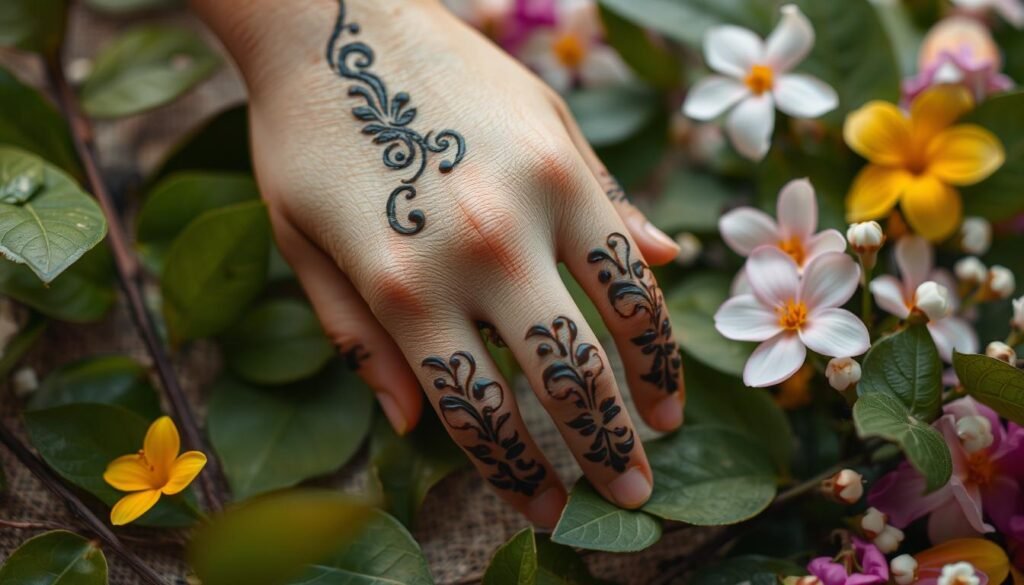
How Long Do Henna Tattoos Last?
Henna tattoos are a temporary yet beautiful form of body art. They usually last between 2 to 4 weeks. The length of time a henna tattoo stays depends on several factors.
Some designs fade faster than others. For example, tattoos on hands and feet may fade quicker because of constant movement. This is different from tattoos on less active areas.
Factors Affecting Longevity
The type of henna paste used is key to how long a tattoo lasts. Some pastes stay vibrant longer than others. To keep your tattoo looking good, leave it on for 4 to 6 hours after applying.
Using natural oils like olive or coconut can help keep the color bright. It’s best to avoid swimming or getting your tattoo wet for at least 12 hours after applying. This helps prevent fading.
Care Tips for Henna Tattoos
Keeping your henna tattoo looking great involves good aftercare. Proper care makes your tattoo last longer and look better. By following certain care tips, you can make your tattoo last longer and enjoy it more.
Maximizing Longevity through Aftercare
Wait at least six hours before getting your tattoo wet. This lets the dye set and deepen the color. Also, using a sugar-lemon sealant helps protect the design.
Moisturizing with natural oils like coconut oil is key. It keeps the tattoo area moist and prevents fading. Don’t rub or touch the tattoo too much to keep it looking sharp.
Avoiding Common Mistakes
Staying away from harsh chemicals is important for henna maintenance. Avoid strong soaps or lotions that can cause fading. Always check the ingredients to make sure they won’t harm your henna.
Do a patch test before applying henna to avoid allergic reactions. By following these tips, you can enjoy your henna tattoo without worrying about it fading. For more on preserving tattoos, check out the history and meaning of black band tattoos here.
Henna as an Alternative to Permanent Tattoos
Henna tattoos are a great choice for those who want to try temporary body art. They are pain-free, making them perfect for those who are unsure about permanent tattoos. This ancient practice has been around for over 5,000 years and is now popular for its temporary nature.
Henna tattoos are perfect for trying out different designs. They are often used at weddings, engagements, and festivals. They symbolize good fortune, love, and spiritual growth, connecting wearers to their heritage.
More and more people are interested in temporary body art, and henna tattoos are a great option. They offer a range of designs, from intricate mandalas to simple symbols. Henna tattoos let you express yourself without the long-term commitment of permanent tattoos.
FAQ
What is henna, and where does it come from?
What is the significance of henna tattoos in different cultures?
How long do henna tattoos typically last?
What are some common designs and their meanings?
Is henna safe to use on the skin?
How can I take care of my henna tattoo to maximize its longevity?
I’m a tattoo enthusiast with a love for all things ink. Besides tattoos, I’m into tech, hitting the road for spontaneous trips, and enjoying a good whiskey. I’m also fascinated by the historical aspects and meanings behind tattoos, which is why I created Tattoo Pub. When I’m not on an adventure or geeking out over the latest gadgets, you’ll find me curled up with a good book. Always on the lookout for new experiences and stories to share!

